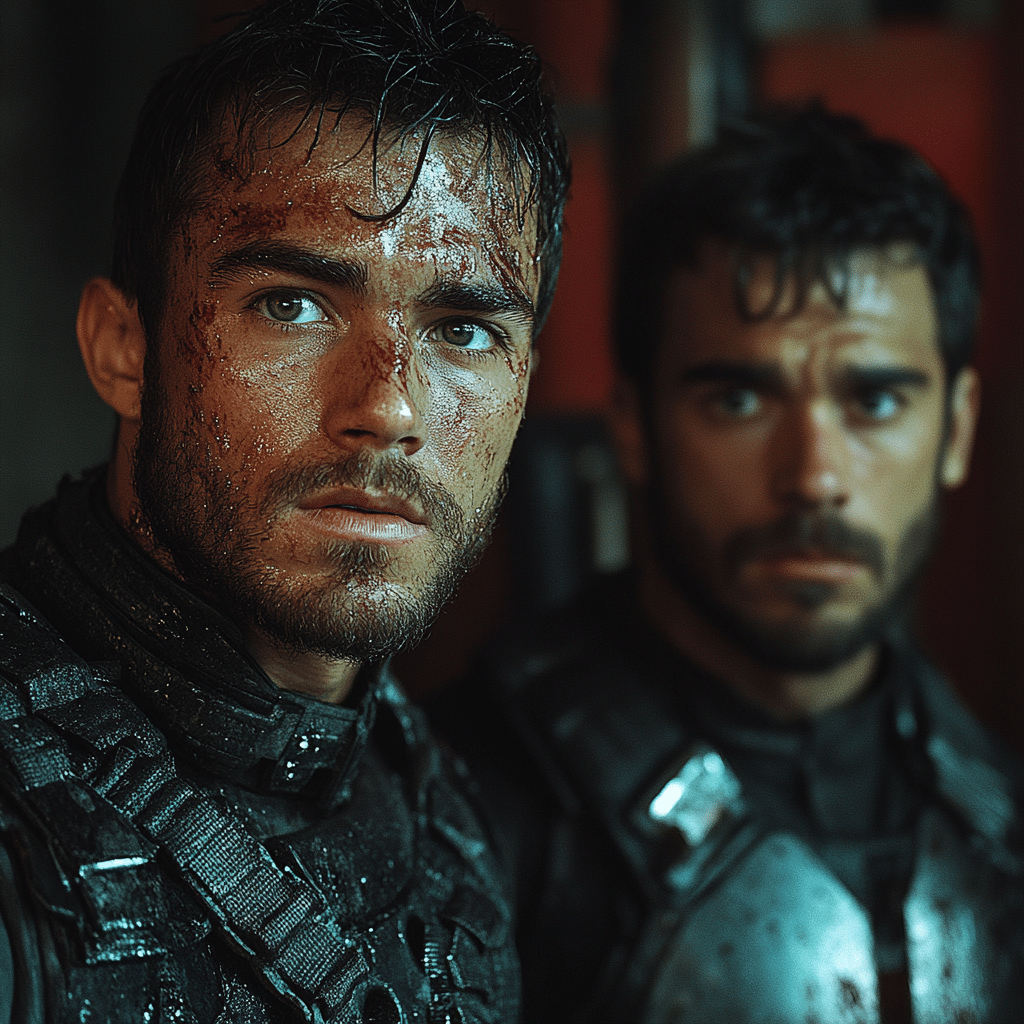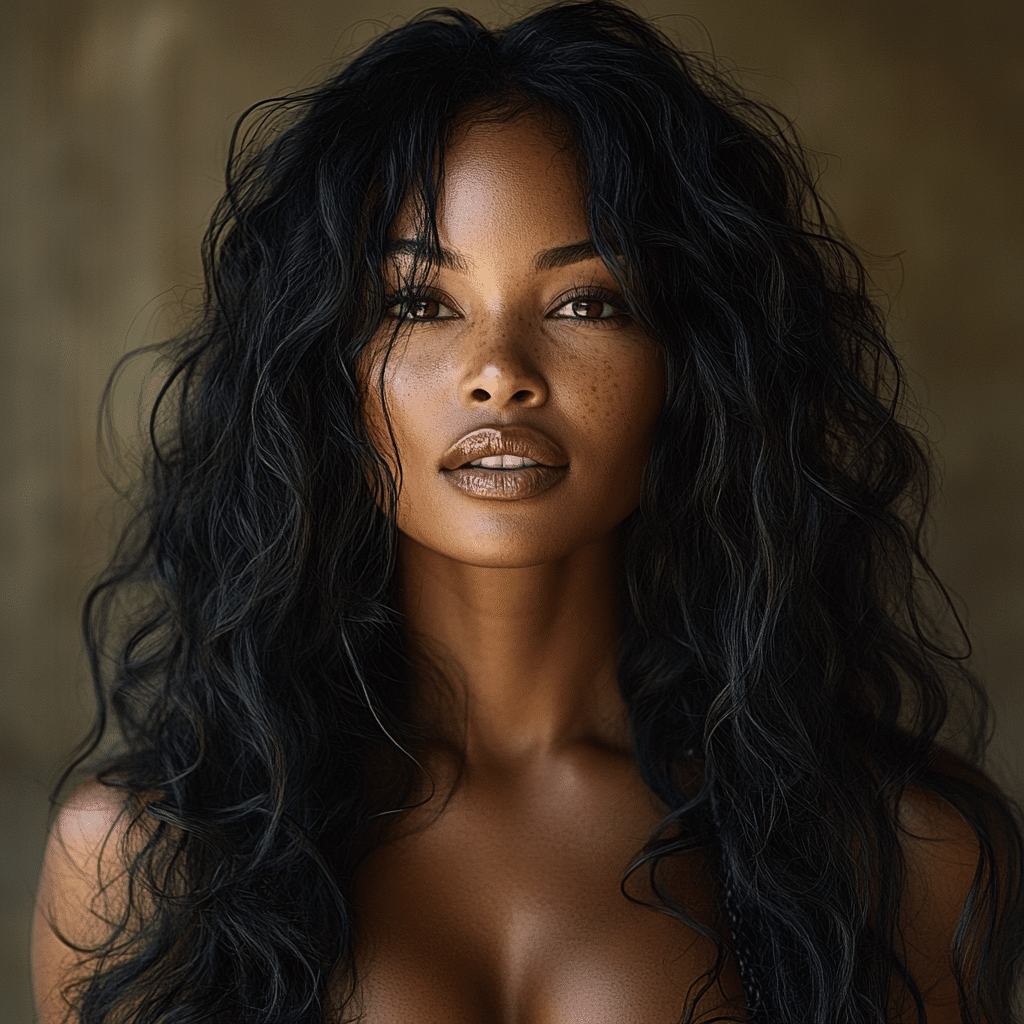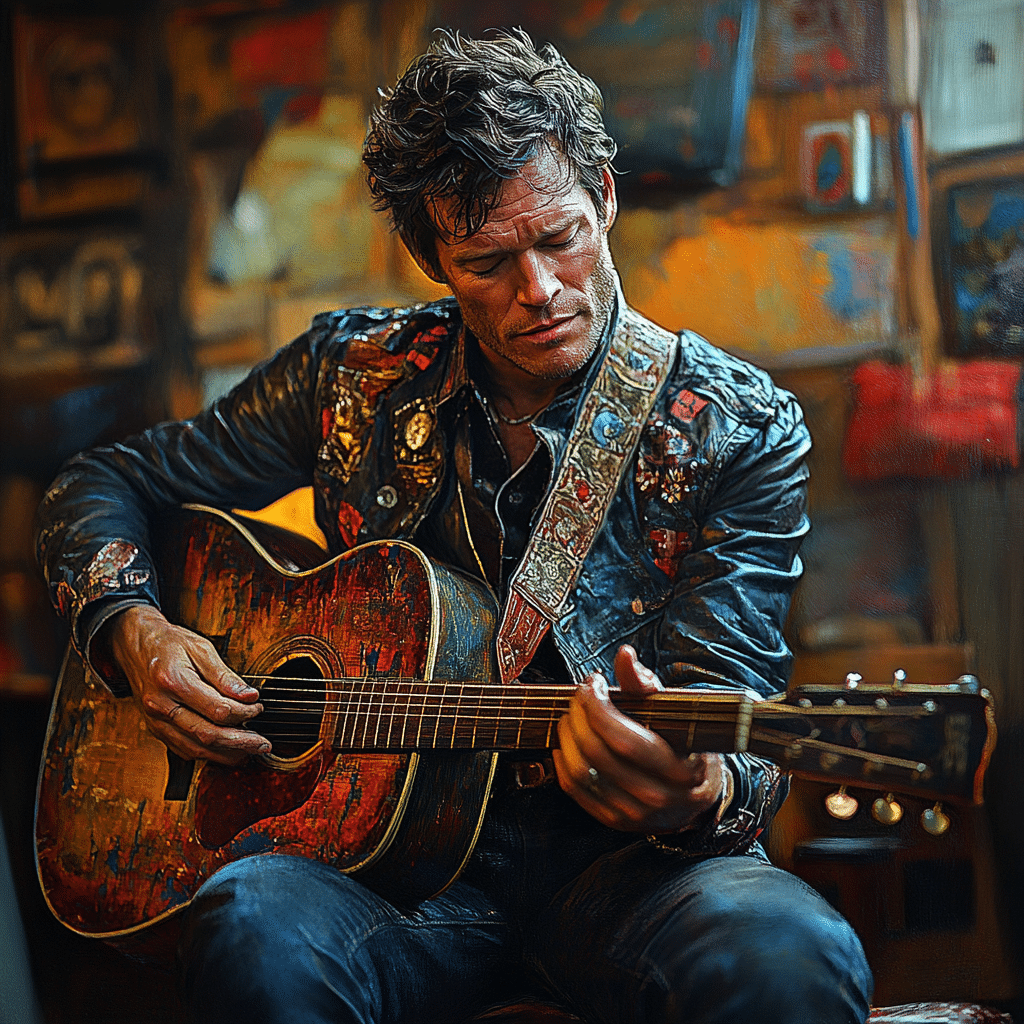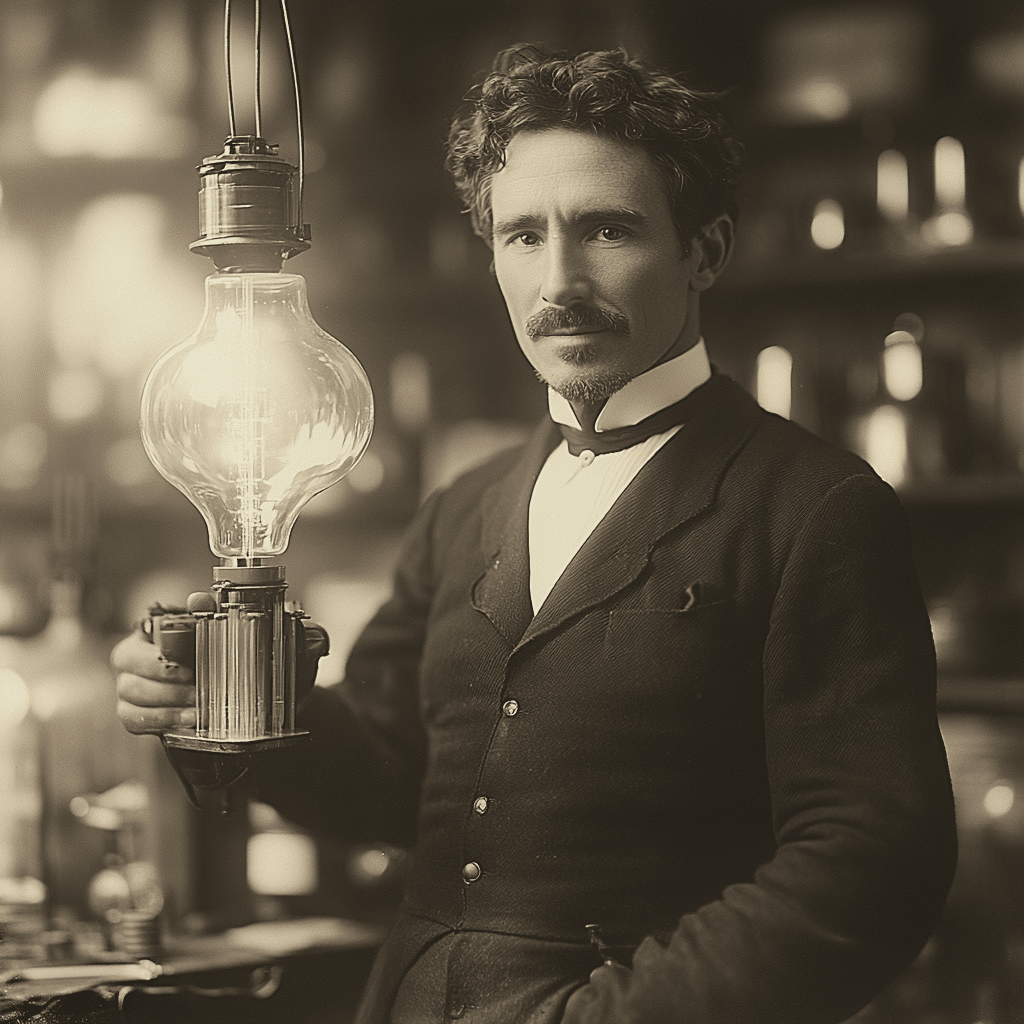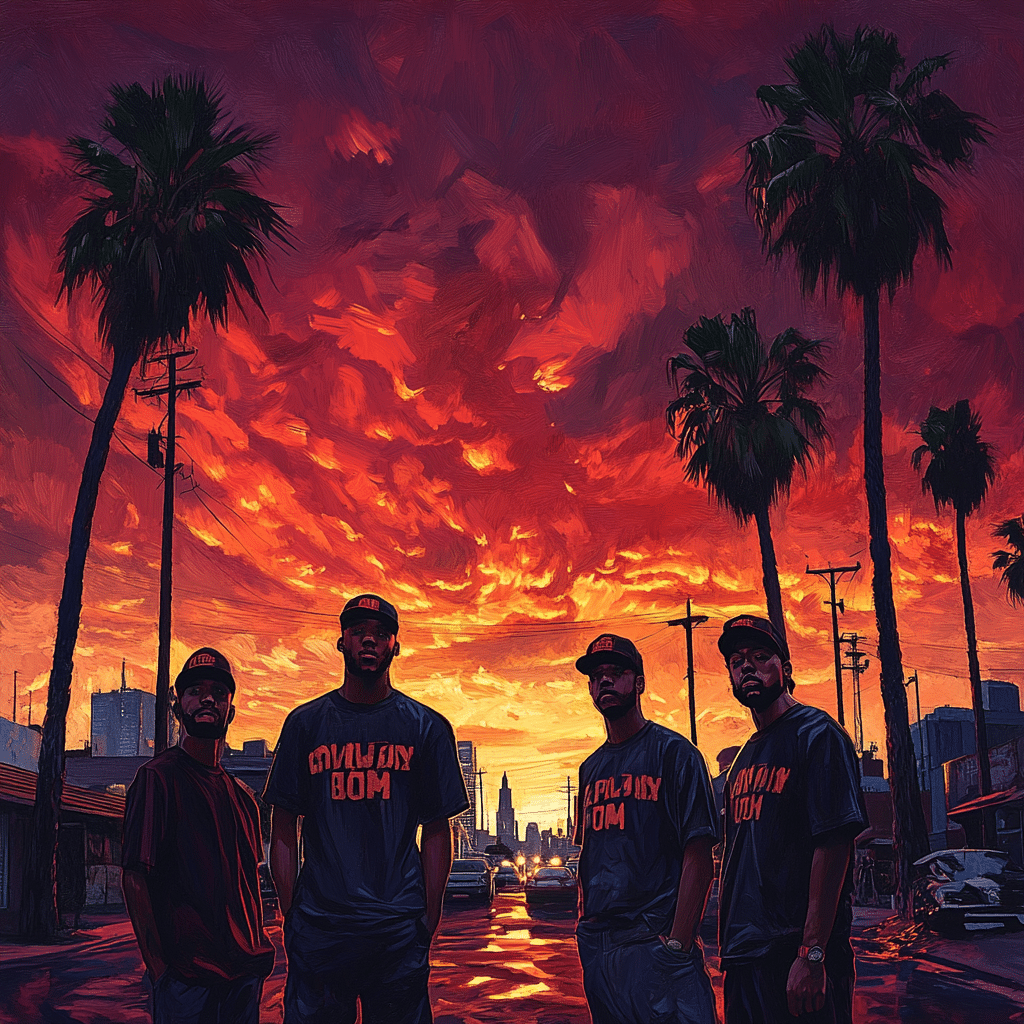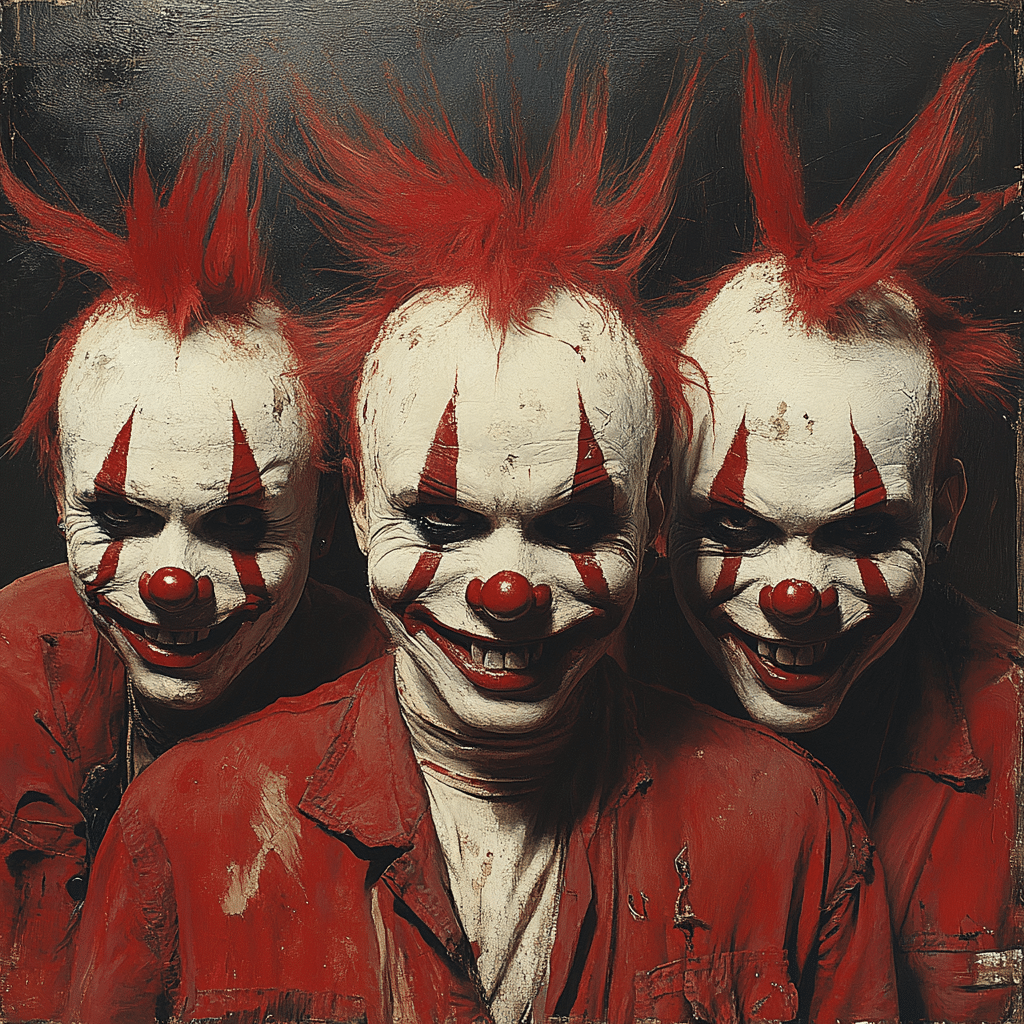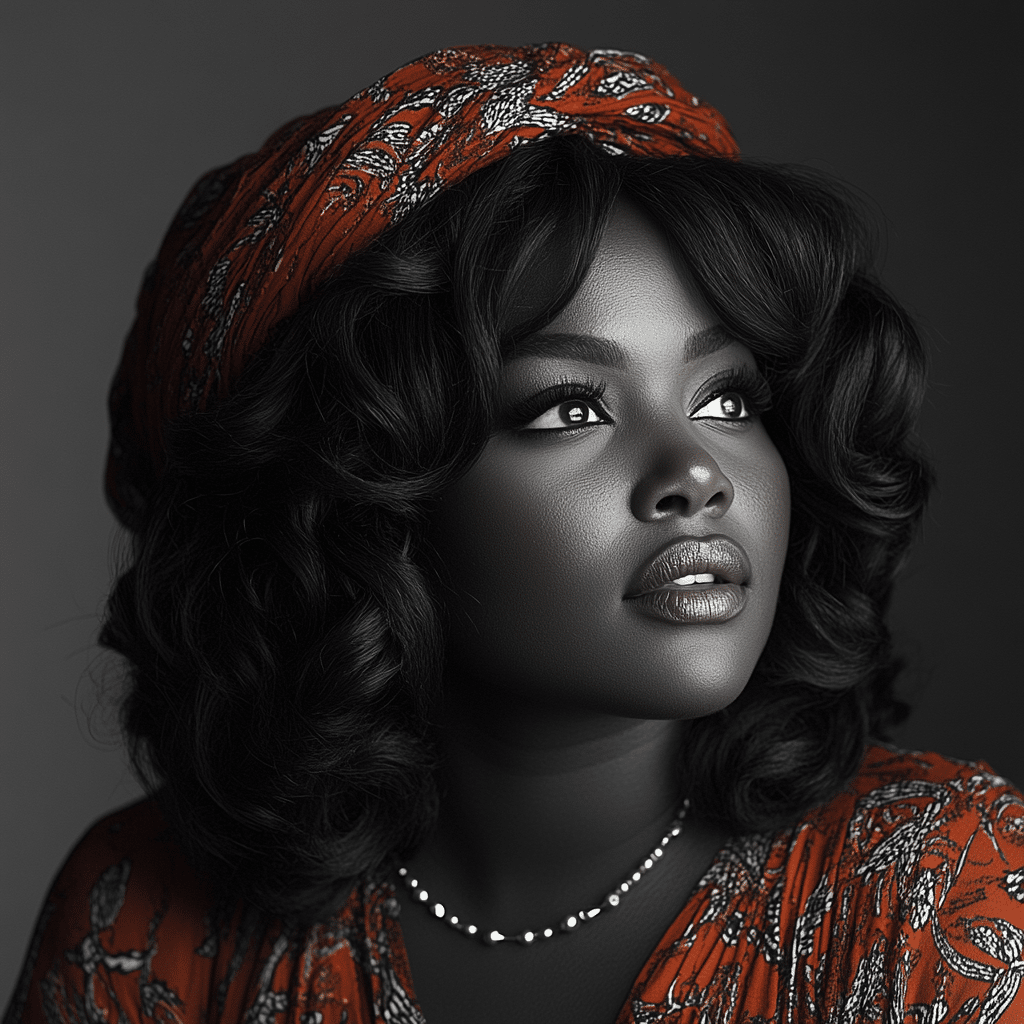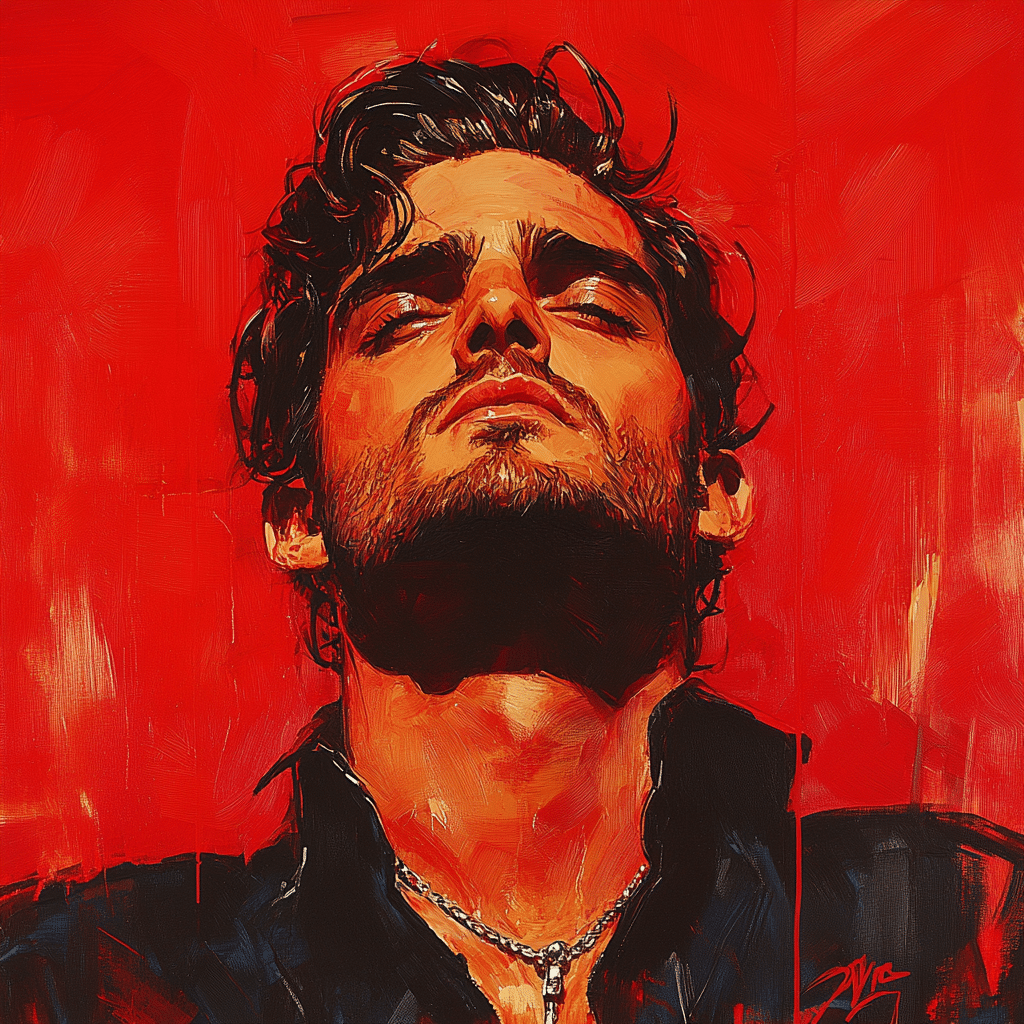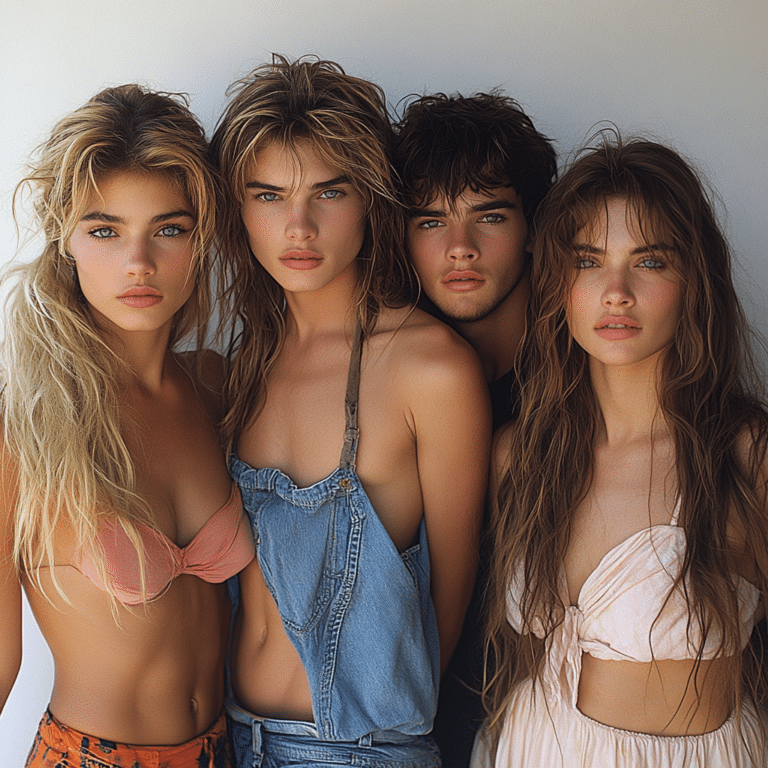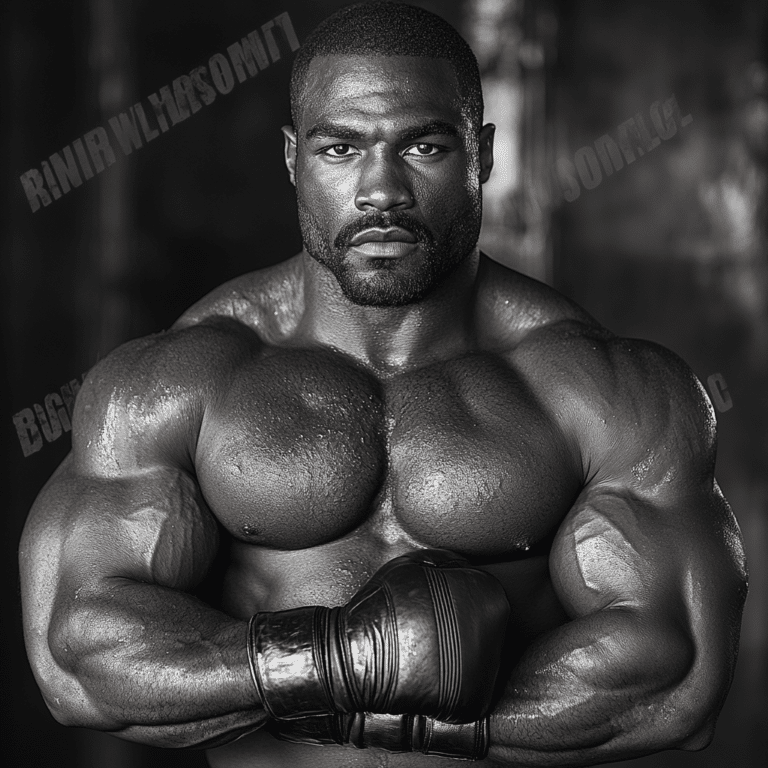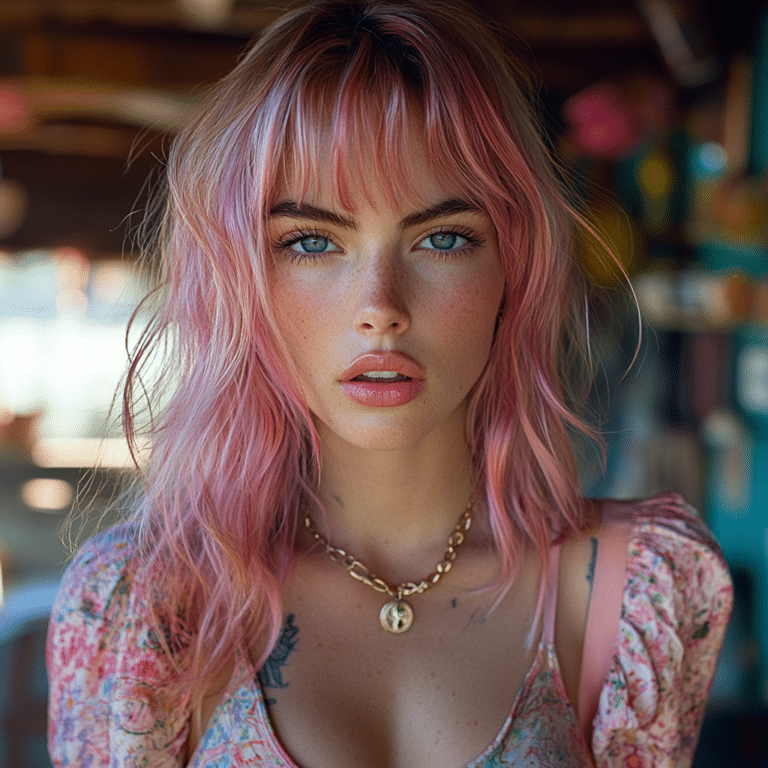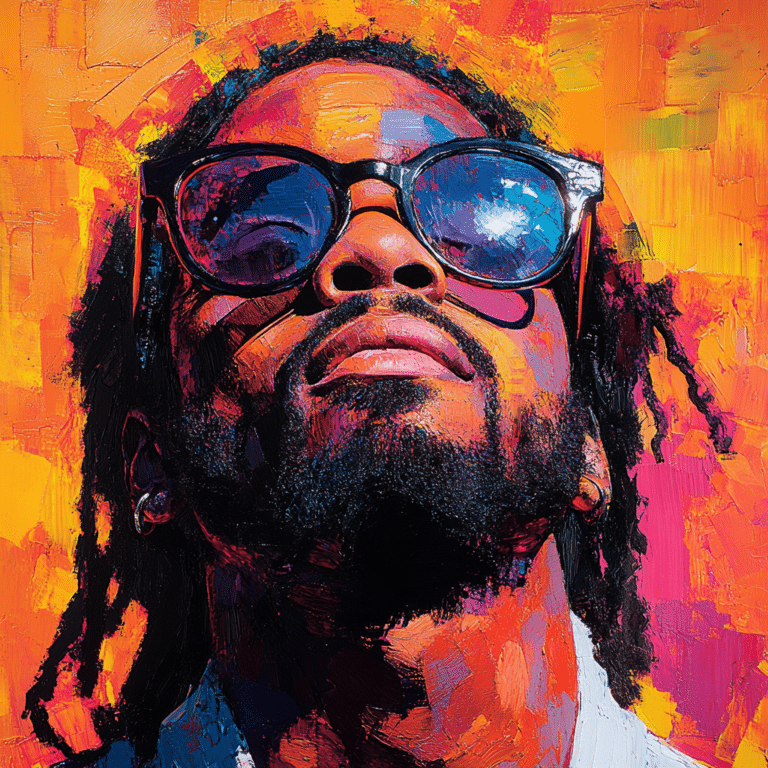Ah, Gidget! The spunky little Chihuahua who made waves in the fast food world with her iconic catchphrase, “Yo quiero Taco Bell!” Who could forget her adorable antics, always asking for tacos? Launched during the frenzy of the Burger Wars in 1997, Gidget took the advertising game by storm, making Taco Bell a household name and giving her competitors something to really chew on. In this article, we’re digging deep into how this pint-sized diva became a pop culture sensation and how her influence is still felt today.
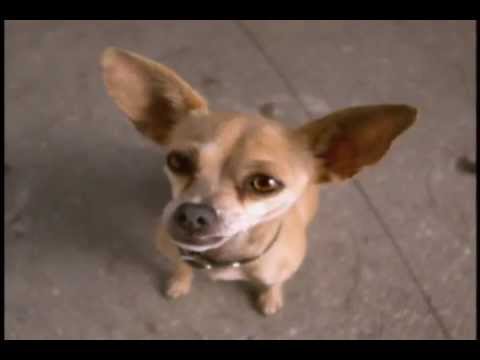
1. The Rise of Gidget: A Taco Bell Icon that Broke the Mold
When Taco Bell unveiled Gidget to the world, the marketing landscape suddenly got a whole lot cuter. Gidget wasn’t just any mascot; she was a charming, fluffy canine who captured the hearts of the audience. With the help of special effects, Gidget was able to speak, delivering her unforgettable tagline, “¡Yo quiero Taco Bell!” voiced by the talented Carlos Alazraqui—known for his roles in animated classics like The Fairly OddParents.
Her charm was undeniable. Gidget quickly became not just a commercial mascot but a symbol of playful marketing. Taco Bell tapped into Gidget’s relatable and playful personality to connect with consumers on an emotional level. The blend of humor, cuteness, and the ability to make folks crave tacos was a recipe for marketing success. Who could say no to that face? Not many, we bet!
Gidget’s unique presence helped Taco Bell craft memorable advertising narratives that would resonate for years to come. It’s not every day you see a dog become the spokesperson for a billion-dollar company, right?

2. Top 5 Reasons Gidget Continues to Inspire Brands Today
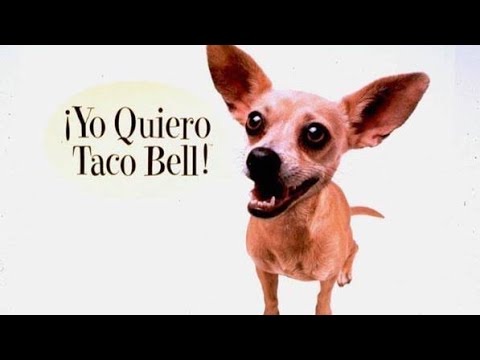
3. Behind the Scenes: How Gidget Came to Life
Creating Gidget was no simple feat. The creative minds at Taco Bell needed to ensure that the tiny dog resonated with their target audience. The advertising team poured energy into Gidget’s character development, combining traditional training with high-tech effects to give her a voice and personality that was instantly recognizable.
Handlers worked tirelessly to train Gidget in a way that made her performances appear effortless. Every bark, every tilt of her head was crafted to ensure she embodied the bubbly charm that people fell in love with. It’s fascinating how hard work and dedication transformed Gidget into a pop culture phenomenon.
Beyond the camera, the creative team faced challenges, ensuring Gidget was more than just a cute face; she had to connect emotionally with the audience. It’s a testament to the blend of business savvy, creativity, and cultural understanding that gave birth to a superstar!

4. The Lessons Gidget Teaches Modern Marketing
Gidget’s reign shines light on essential marketing lessons still relevant today. Take Wendy’s, for instance. They’ve cleverly employed humor and quirkiness in their campaigns, reminiscent of Gidget’s playful charm. The key takeaway? Being authentic and relatable often trumps slick marketing drafts.
Consider Old Spice: they disrupted traditional advertising with their absurd humor. Gidget laid the groundwork for marketers to embrace fun in their brand personas. The lighthearted connection with consumers builds loyalty, and let’s face it—everyone loves to giggle a bit while getting their fast food fix.
It’s about creating an emotional connection. Gidget’s legacy encourages brands to prioritize authenticity, reminding us that, in this fast-paced world, consumers crave connection as much as they crave tacos!
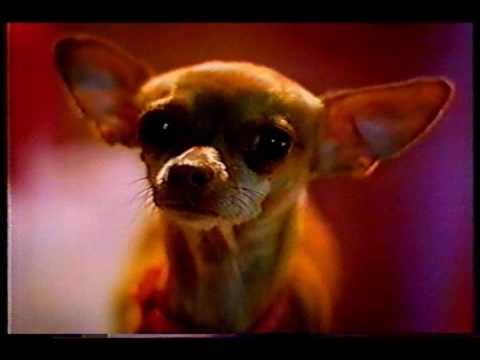
5. Gidget’s Posthumous Cultural Legacy in 2024
Fast forward to 2024, and the joy that Gidget spread continues to echo in our culture. From memes that keep her legacy alive to merchandise that sparks nostalgia among fans, her influence is still very much alive. It’s interesting how nostalgia-driven campaigns are powerful tools for brands. By connecting with stories of the past, they can once again capture consumer attention.
Think about it: newer generations are discovering Gidget, just like their parents did. Whether it’s through TikTok challenges or retro memes, Gidget continues to inspire people and engage audiences in a meaningful way. Like other iconic characters—hello, Betty Boop!—she holds a special place in our hearts.
Gidget’s story is not just a whisper of the past; it’s a powerful reminder of the impact that heartfelt storytelling can have in advertising. She remains relevant, turning her little slice of fame into a timeless tale.
6. Future Innovations Inspired by Gidget’s Legacy
As we look ahead, brands can learn a lot from Gidget’s timeless appeal. Integrating social responsibility and diversity into mascot marketing is crucial. It fosters connection with audiences who are demanding more from the brands they love.
Take Dove, for example. Their campaigns featuring real people and authentic stories align closely with the values Gidget represented. In the same light, engaging content goes hand-in-hand with social media strategies that emphasize relatability.
In the end, brands can channel Gidget’s charm to create modern mascots that resonate well beyond the commercial break. As they weave narratives that connect with audiences’ emotions, they can forge connections lasting through the years.
Gidget may have taken her final bow in 2009, but the lessons learned from her “Yo quiero Taco Bell!” legacy ring louder than ever. In the fast-paced world of branding and advertising, her vivacious spirit serves as a lighthouse for marketers aiming to craft charming and engaging campaigns. Long after her adorable barks fade from our screens, the imprint she left on pop culture remains—a reminder of what clever marketing can accomplish.
Yo Quiero Taco Bell: Gidget’s Legacy Lives On
A Taco Bell Icon Emerges
Who could forget the catchy phrase “yo quiero Taco Bell,” which became a pop culture staple thanks to Gidget, the spunky little Chihuahua? Her unforgettable commercials, laden with charm and personality, made us all crave tacos in a way we didn’t know was possible. Interestingly, Gidget was dubbed “the Taco Bell dog,” but she also had connections beyond fast food fame. For instance, her impact could even resonate in discussions about pop culture icons, much like themes found in H I Me, where personal stories meet iconic representation.
Behind the Scenes and Beyond Tacos
Many might not realize that voicing Gidget was a labor of love, not just for the ad agency but also for the voice talent who brought her to life. The casting of Gidget’s voice was important, much the same way that certain roles are critical in the entertainment industry. Speaking of the industry, remember the famous Old Man Yells at Cloud? That says a lot about how nostalgia can spark conversations about iconic figures like Gidget. Taco Bell’s success practically mirrors the varying health journeys of celebrities, reminiscent of discussions around figures like Barry Gibb, whose health journey has inspired many.
Cultural Impact and Modern Reflections
The phrase “yo quiero Taco Bell” still rings true for fans old and new. It’s fascinating to see how brands like Taco Bell manage to hold onto their heritage while attracting newer audiences, similar to how Motherhood And addiction touches upon themes of generational change. Plus, Gidget’s legacy isn’t just about tacos; it’s also a testament to how animated characters can leave a lasting mark on our culture—from Abby Cadabby, who teaches kindness, to Gidget, who taught us to love tacos. And in today’s discussions about lifestyle influencers, we might even find connections with figures like Andrew Huberman, who often explores health and wellness philosophies.
So, as we savor a taco or two, let’s also remember Gidget’s lasting impact, a delightfully quirky reminder that sometimes, saying “yo quiero Taco Bell” can mean a little more than just cravings!

What does Yo Quiero Taco Bell mean?
“Yo quiero Taco Bell” translates to “I want Taco Bell” in English. It’s a catchy phrase that became popular through the fast food chain’s advertising campaign featuring Gidget the Chihuahua.
What happened to the Taco Bell Chihuahua?
Gidget the Chihuahua, known for her Taco Bell commercials, passed away in July 2009 at the age of 15 after suffering a massive stroke. She was a beloved pet who brought a lot of joy to fans of the ads.
Who says “yo quiero taco bell”?
The iconic line “yo quiero Taco Bell” was voiced by Carlos Alazraqui, a talented actor and comedian known for his work in various animated shows, including “The Fairly OddParents.”
What does no quiero Taco Bell mean?
“No quiero Taco Bell” means “I don’t want Taco Bell” in Spanish. It’s just a way to express disinterest in the fast food chain.
Is it polite to say yo quiero?
Generally, saying “yo quiero” is polite; it simply means “I want” in Spanish and can be used in various contexts without any rudeness.
What is Taco Bell apologizing for?
Taco Bell has been apologizing for various reasons over the years, including a recent campaign addressing specific cultural sensitivities and their past advertising practices that may have been seen as insensitive.
Are the Taco Bell chihuahuas worth anything?
The Taco Bell Chihuahuas, particularly Gidget, can be collectibles, but their worth varies based on the item’s condition and rarity among collectors.
How old was Taco Bell’s dog when he died?
Gidget was 15 years old when she passed away, which is a good age for a Chihuahua, as their lifespan typically ranges from 12 to 20 years.
Why did Taco Bell stop using the dog?
Taco Bell eventually stopped using the Chihuahua mascot as advertising strategies evolved, and they sought to connect with new audiences over time.
What is Taco Bell old slogan?
Taco Bell’s old slogan was “Think Outside the Bun,” which encouraged customers to try its products instead of traditional burgers.
What company has the slogan Yo quiero?
The slogan “Yo quiero” is associated with Taco Bell, which popularized it during their ad campaigns in the late ’90s.
Does Taco Bell have a mascot?
Taco Bell does have a mascot, which was originally the Chihuahua but has since evolved into the Taco Bell dog and various animated characters in commercials.
Why isn t Taco Bell in Mexico?
Taco Bell doesn’t have locations in Mexico because the brand wasn’t as popular there, and they faced stiff competition from local taco vendors and eateries.
What is Yo Quiero Taco Bell’s slogan?
The slogan “Yo quiero Taco Bell” is a playful way of saying “I want Taco Bell”, used to attract customers by appealing to their appetite for the brand’s offerings.
What does purple Taco Bell mean?
A purple Taco Bell generally refers to special promotions or limited-time offers, like new menu items or events, often using a unique color scheme to grab attention.
What does it mean when a girl says te quiero?
When a girl says “te quiero,” it means “I love you” in a friendly or affectionate way, which is commonly used among friends and family in Spanish-speaking cultures.
What does Taco Bell’s slogan mean?
Taco Bell’s slogan means “I want Taco Bell,” reflecting the chain’s focus on tempting customers with its food choices.
What does yo quiero pan mean?
“Yo quiero pan” translates to “I want bread” in English, expressing a desire for that specific food item.
What does quiero leche mean?
“Quiero leche” means “I want milk,” which is another simple expression of preference for a drink in Spanish.

